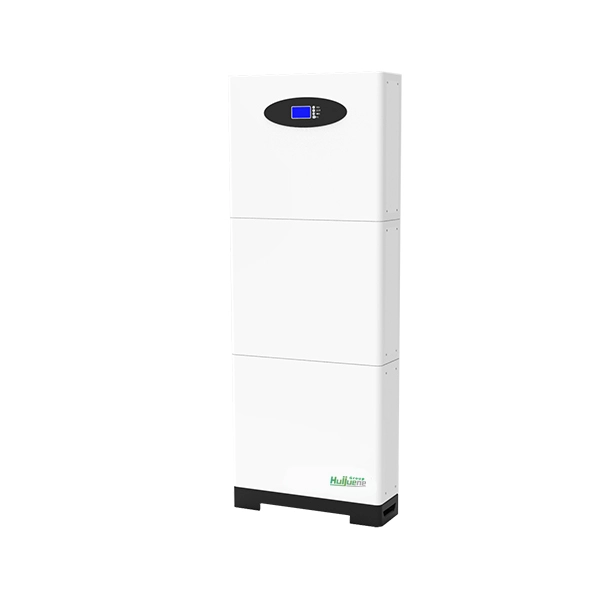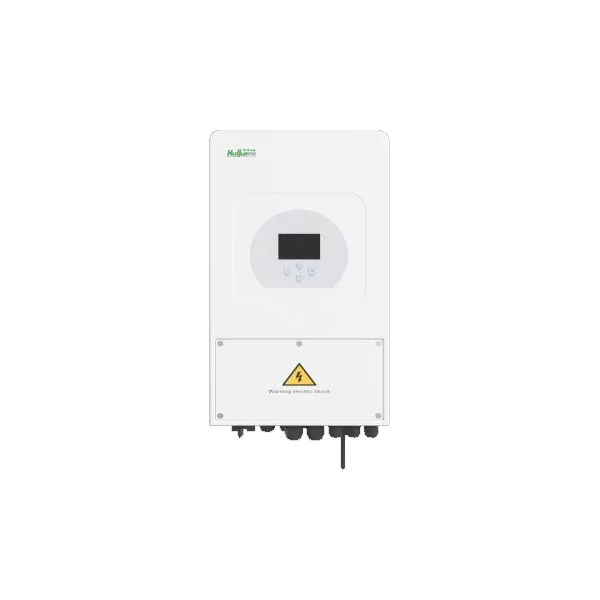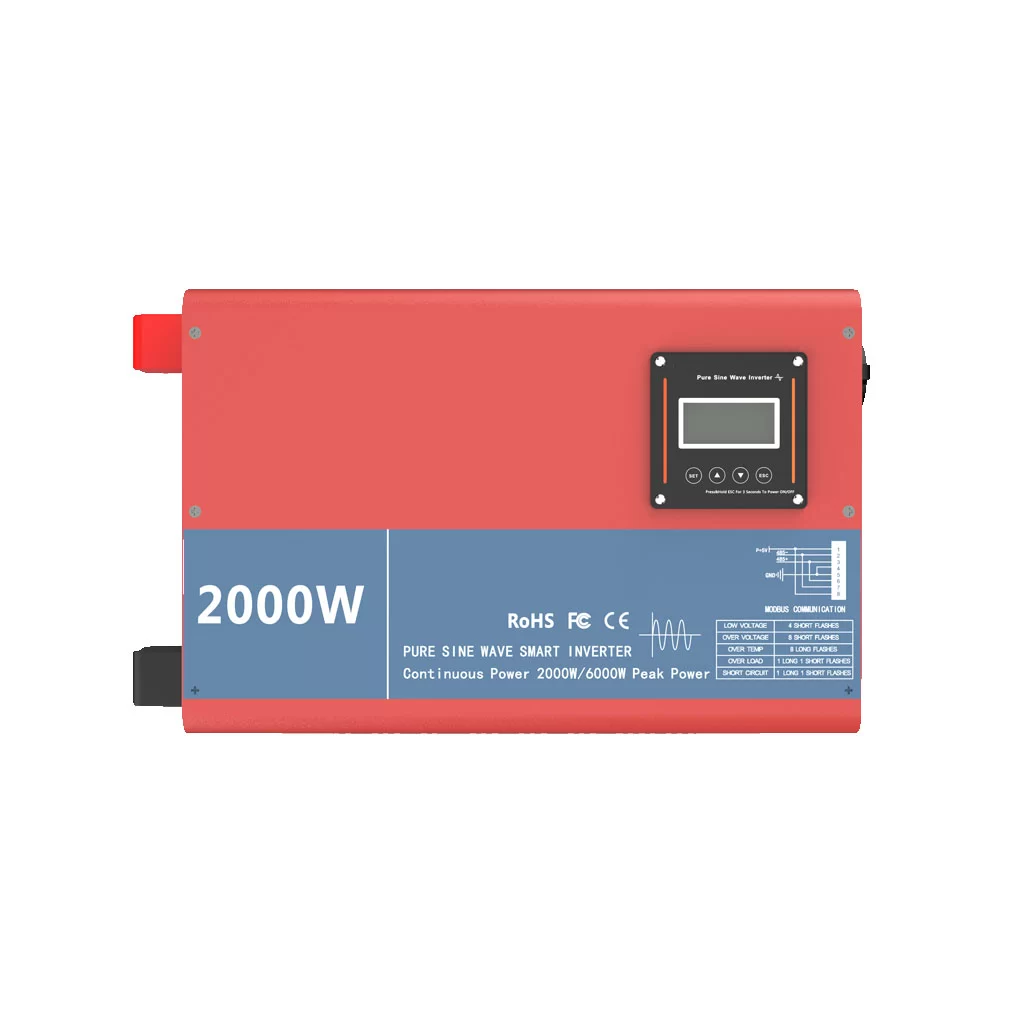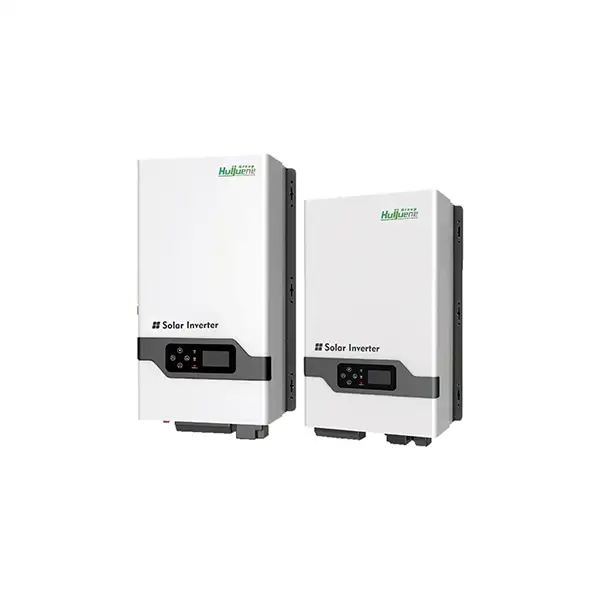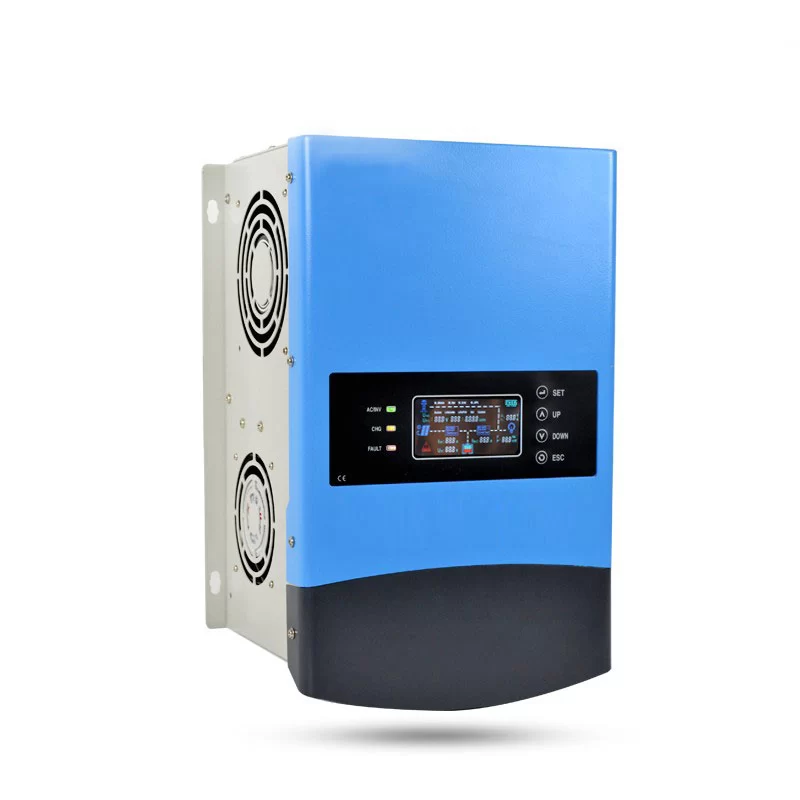Get A Quote Now!
Why Wind Energy Inverters Are the Core of New Energy Generation
As the world shifts towards sustainable energy sources, wind energy inverters have become central to the success of wind power generation. These devices play a crucial role in transforming the potential of wind into a stable and reliable power supply. This article explores why wind inverters are considered the core component of new energy generation and how they contribute to the efficiency and effectiveness of wind power systems.
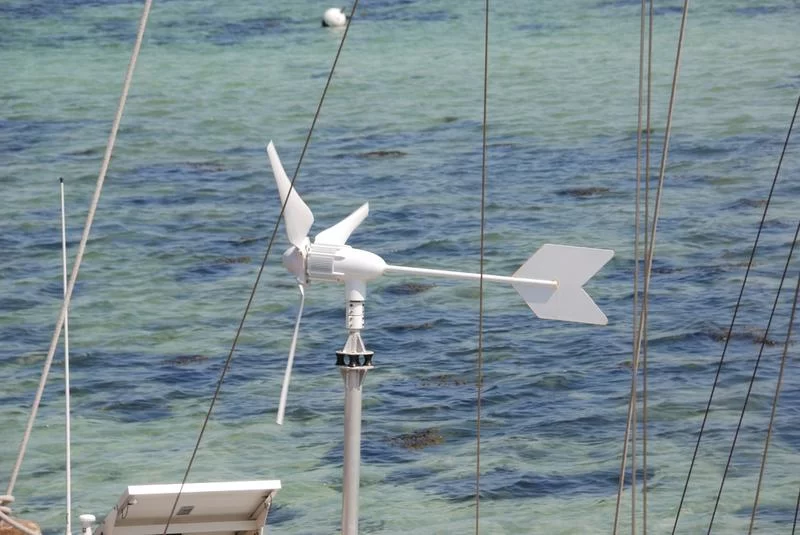
The Crucial Role of Wind Energy Inverters
Wind energy inverters are essential for converting the variable output of wind turbines into a form that can be utilized by the electrical grid. Wind turbines generate alternating current (AC) electricity, which fluctuates with the changing wind speeds. Wind inverters convert this AC power into direct current (DC), and then back into stable AC power that matches the grid’s specifications. This conversion ensures that the energy produced is usable and compatible with the grid’s requirements.
Without wind inverters, the integration of wind power into the grid would be challenging due to the inconsistency in power output. These inverters stabilize the output by smoothing out fluctuations and ensuring a consistent power supply, which is vital for maintaining grid stability and reliability.
Enhancing Efficiency Through Advanced Technology
The evolution of wind energy inverters has significantly enhanced their efficiency and functionality. Modern inverters are equipped with advanced features that optimize the performance of wind turbines. For instance, they include real-time monitoring and adaptive control systems that adjust the inverter’s operation based on wind speed and turbine performance.
These technological advancements enable wind inverters to maximize energy capture and minimize losses. They also contribute to the overall efficiency of the wind energy system by improving the power factor and reducing energy waste. This increased efficiency translates to more effective use of wind resources and better overall performance of wind power installations.
Supporting Grid Integration and Stability
One of the key reasons why wind energy inverters are central to new energy generation is their role in grid integration and stability. Wind power generation is inherently intermittent, with output varying based on wind conditions. Wind inverters help manage this variability by providing grid support services such as voltage regulation and frequency control.
By dynamically adjusting their output to match grid demands, wind inverters facilitate the smooth integration of wind power into the electrical grid. This capability is essential for maintaining grid balance and ensuring that the fluctuating output from wind turbines does not compromise the stability of the power supply.
Future Innovations and Trends
The future of wind energy inverters looks promising with ongoing innovations and developments. Emerging technologies such as digitalization, artificial intelligence, and enhanced energy storage solutions are set to further improve the performance and capabilities of these inverters. These advancements will enable wind inverters to handle larger and more complex wind power systems, driving the growth of wind energy as a major contributor to global electricity generation.
In summary, wind inverters are fundamental to the success of new energy generation. They ensure that the variable output from wind turbines is converted into a stable and reliable power source, enhance system efficiency through advanced technologies, and support grid stability and integration. As technology continues to advance, the role of wind inverters will become even more critical in driving the future of wind power and sustainable energy solutions.
For more information on how our advanced wind energy inverters can enhance your energy systems, visit our product page.

